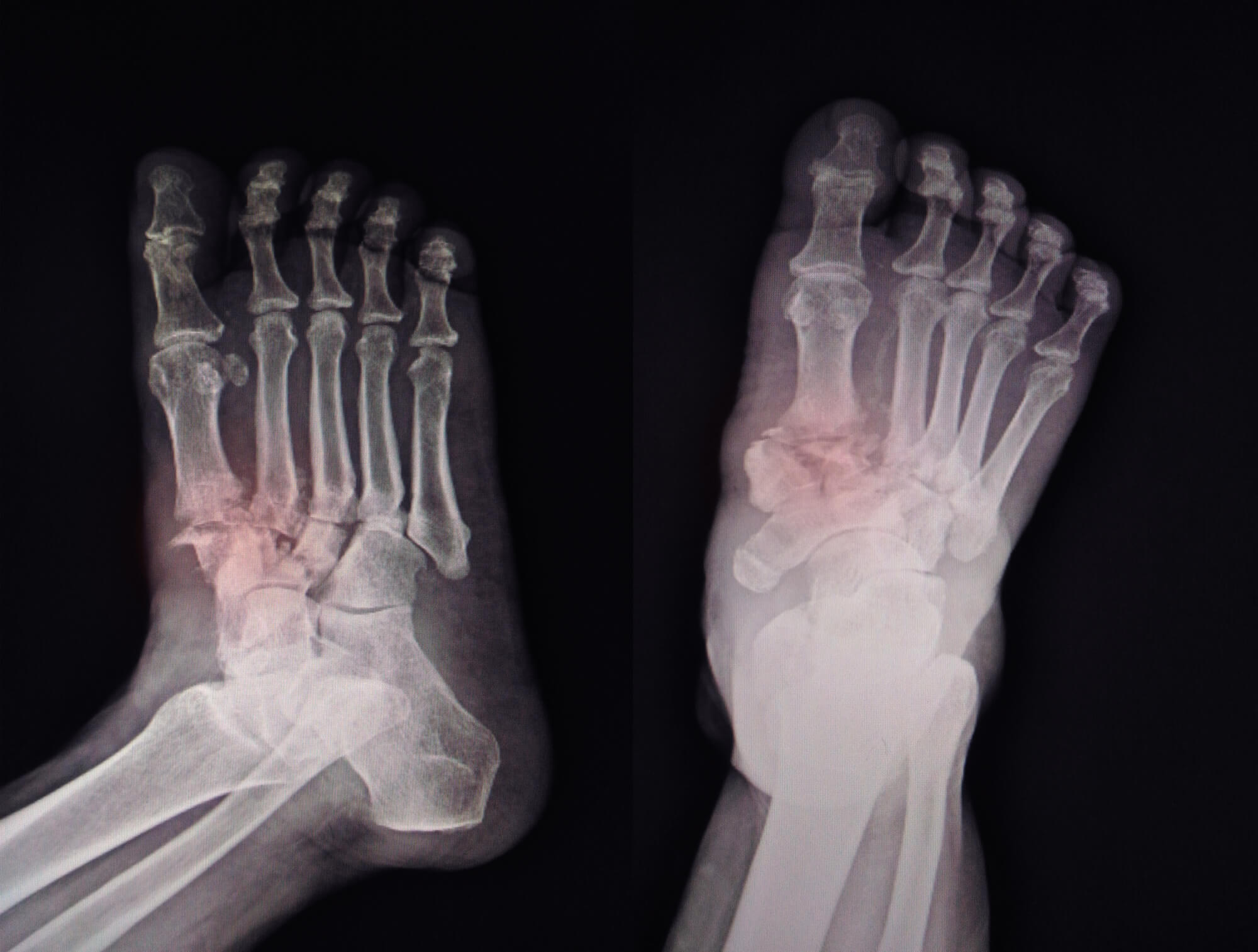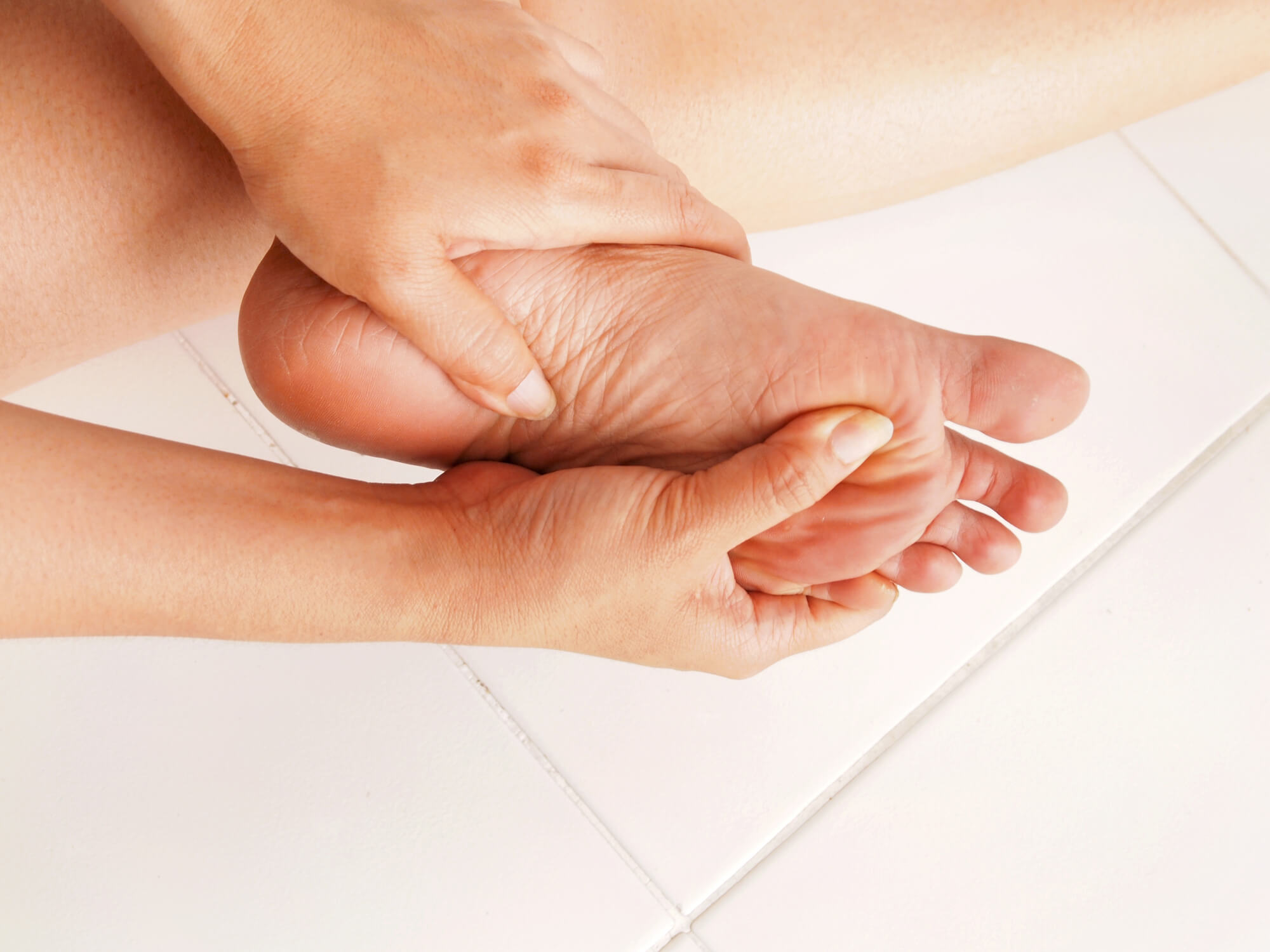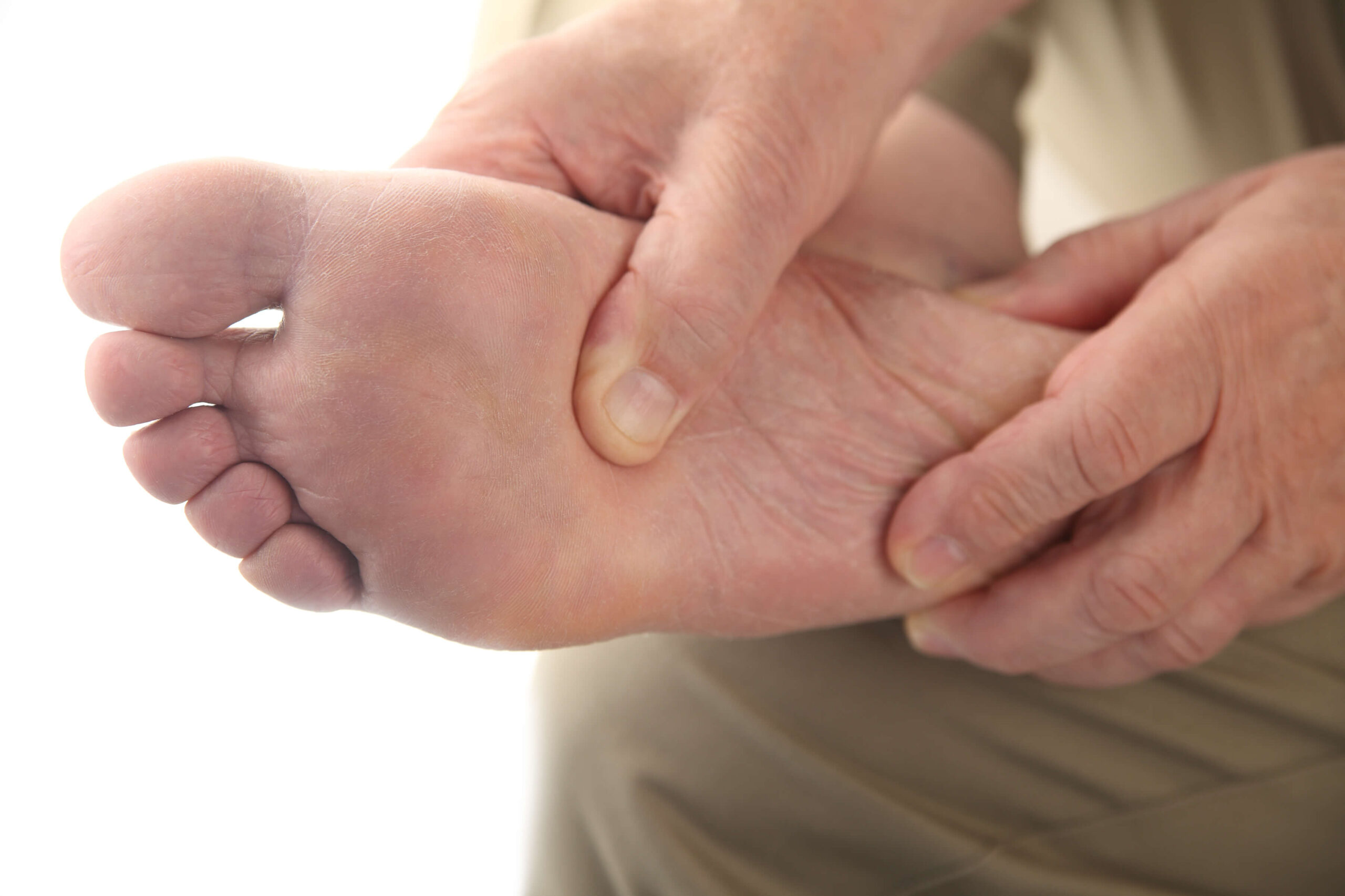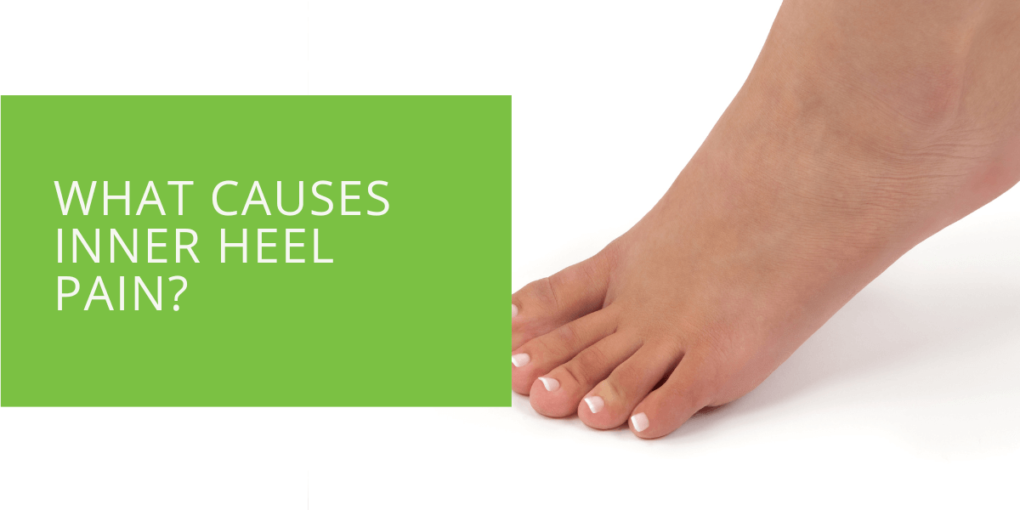What Causes Inner Heel Pain?
Pain on the inside of the heel can be a frustrating and debilitating condition that can make it difficult to walk or engage in activities that put weight on the foot. In this article, we will explore some of the most common causes of inner heel pain and discuss treatment options for each condition.
What Is Inner Heel Pain?
Inner heel pain is a type of pain that is felt on the medial (inner) aspect of the heel. This type of pain is often caused by conditions that affect the heel bone, surrounding muscles and tendons, or the plantar fascia (a band of connective tissue that runs from the heel to the toes on the bottom of the foot). Inner heel pain can range from mild to severe and can be a chronic or acute condition.
Plantar Fasciitis
What Is Plantar Fasciitis?
Plantar fasciitis is a common cause of inner heel pain and is characterized by inflammation of the plantar fascia. The plantar fascia is a strong band of tissue that runs from the heel bone to the toes and helps to support the arch of the foot. When the plantar fascia becomes strained or overworked, it can become inflamed and cause pain on the inside of the heel.

Symptoms of Plantar Fasciitis
Symptoms of plantar fasciitis may include:
- Pain on the inside of the heel that is worse with the first steps in the morning or after periods of inactivity
- Stiffness or tightness in the heel or arch of the foot
- Swelling or tenderness on the inside of the heel
Risk Factors for Developing Plantar Fasciitis
There are several risk factors that may increase the likelihood of developing plantar fasciitis, including:
- Being overweight or obese
- Participating in high-impact activities such as running or jumping
- Having flat feet or high arches
- Wearing shoes with poor arch support or worn-out soles
Treatment Options for Plantar Fasciitis
Treatment options for plantar fasciitis may include:
- Resting and avoiding activities that exacerbate the pain
- Stretching the calf muscles and plantar fascia
- Using arch supports or inserts in shoes
- Applying ice to the affected area to reduce swelling
- Taking over-the-counter pain medication
- Physical therapy to strengthen the muscles and improve flexibility
Stress Fractures
What Are Stress Fractures?
A stress fracture is a small crack in a bone that is caused by repetitive stress or overuse. Stress fractures can occur in any bone, but they are most common in the foot and lower leg. Inner heel pain can be a symptom of a stress fracture in the heel bone (calcaneus).

Symptoms of Stress Fractures
Symptoms of a stress fracture may include:
- Pain on the inside of the heel that worsens with weight-bearing activities
- Swelling or tenderness on the inside of the heel
- Bruising on the heel or foot
Risk Factors for Developing Stress Fractures
Risk factors for developing a stress fracture may include:
- Participating in high-impact sports or activities
- Sudden increase in training intensity or duration
- Poorly fitting or worn-out shoes
- Osteoporosis or other bone disorders
- Poor nutrition or low bone density
Treatment Options for Stress Fractures
Treatment options for a stress fracture may include:
- Resting and avoiding activities that put weight on the affected bone
- Using crutches or a walking boot to take pressure off the foot
- Applying ice to the affected area to reduce swelling
- Taking over-the-counter pain medication
- Physical therapy to strengthen the muscles and improve flexibility
- In severe cases, surgical intervention may be necessary to repair the fracture
Achilles Tendinitis
What Is Achilles Tendinitis?
Achilles tendinitis is a condition characterized by inflammation of the Achilles tendon, which is the largest tendon in the body and connects the calf muscles to the heel bone. Inner heel pain can be a symptom of Achilles tendinitis.

Symptoms of Achilles Tendinitis
Symptoms of Achilles tendinitis may include:
- Pain on the inside of the heel that is worse with activity or after periods of inactivity
- Stiffness or tenderness in the Achilles tendon
- Swelling or redness in the heel or lower leg
Risk factors for developing Achilles tendinitis
Risk factors for developing Achilles tendinitis may include:
- Participating in high-impact sports or activities
- Sudden increase in training intensity or duration
- Poorly fitting or worn-out shoes
- Tight calf muscles
- Age (Achilles tendinitis is more common in people over the age of 40)
Treatment Options for Achilles Tendinitis
Treatment options for Achilles tendinitis may include:
- Resting and avoiding activities that put strain on the Achilles tendon
- Stretching and strengthening the calf muscles
- Using arch supports or inserts in shoes
- Applying ice to the affected area to reduce swelling
- Taking over-the-counter pain medication
- Physical therapy to improve flexibility and strengthen the muscles
Trapped Nerves
What Are Trapped Nerves?
A trapped nerve, also known as a pinched nerve, is a condition in which a nerve becomes compressed or squeezed, resulting in pain, numbness, or tingling. Inner heel pain can be a symptom of a trapped nerve in the foot or lower leg.

Symptoms of Trapped Nerves
Symptoms of a trapped nerve may include:
- Pain on the inside of the heel that radiates down the leg
- Numbness or tingling in the foot or lower leg
- Weakness or difficulty moving the foot or leg
Risk Factors for Developing Trapped Nerves
Risk factors for developing a trapped nerve may include:
- Being overweight or obese
- Repetitive strain injuries
- Poor posture or body mechanics
- Fractures or dislocations
- Diabetes
Treatment Options for Trapped Nerves
Treatment options for a trapped nerve may include:
- Resting and avoiding activities that put strain on the affected nerve
- Stretching and strengthening exercises to improve flexibility and mobility
- Using arch supports or inserts in shoes
- Applying ice to the affected area to reduce swelling
- Taking over-the-counter pain medication
- Physical therapy to improve flexibility and strengthen the muscles
- In severe cases, surgery may be necessary to release the trapped nerve
Heel Pad Syndrome
What is Heel Pad Syndrome?
Heel pad syndrome is a condition characterized by a thickening or degeneration of the fatty tissue (heel pad) that cushions the heel bone. Inner heel pain can be a symptom of heel pad syndrome.

Symptoms of Heel Pad Syndrome
Symptoms of heel pad syndrome may include:
- Pain on the inside of the heel that is worse with weight-bearing activities
- Swelling or tenderness on the inside of the heel
- Decreased range of motion in the foot or ankle
Risk Factors for Developing Heel Pad Syndrome
Risk factors for developing heel pad syndrome may include:
- Being overweight or obese
- Participating in high-impact sports or activities
- Wearing shoes with poor arch support or worn-out soles
- Aging (heel pad syndrome is more common in people over the age of 40)
Treatment Options for Heel Pad Syndrome
Treatment options for heel pad syndrome may include:
- Resting and avoiding activities that put weight on the affected heel
- Using arch supports or inserts in shoes
- Applying ice to the affected area to reduce swelling
- Taking over-the-counter pain medication
- Physical therapy to improve flexibility and strengthen the muscles
- In severe cases, surgery may be necessary to remove or repair the damaged heel pad
Conclusion
Inner heel pain can be a frustrating and debilitating condition that can affect a person's ability to walk or engage in activities. Some common causes of inner heel pain include plantar fasciitis, stress fractures, Achilles tendinitis, trapped nerves, and heel pad syndrome.
Treatment options for these conditions may include rest, stretching, the use of arch supports or inserts, ice therapy, pain medication, and physical therapy. If you are experiencing inner heel pain, it is important to consult a podiatrist for proper diagnosis and treatment.

